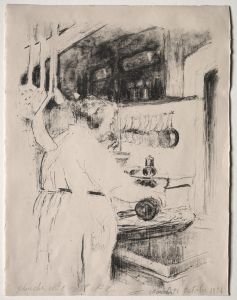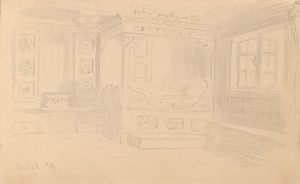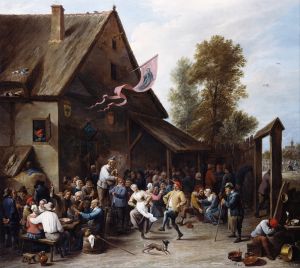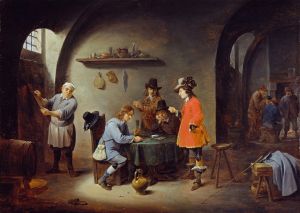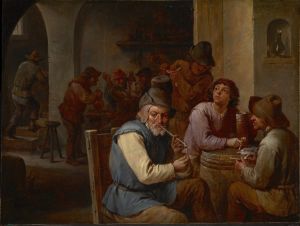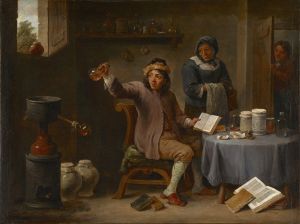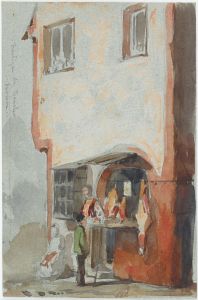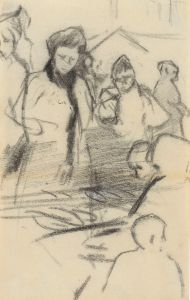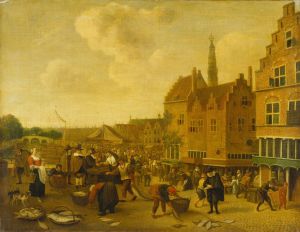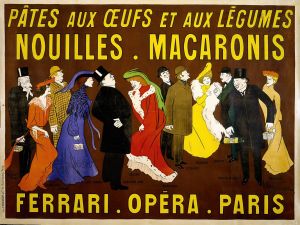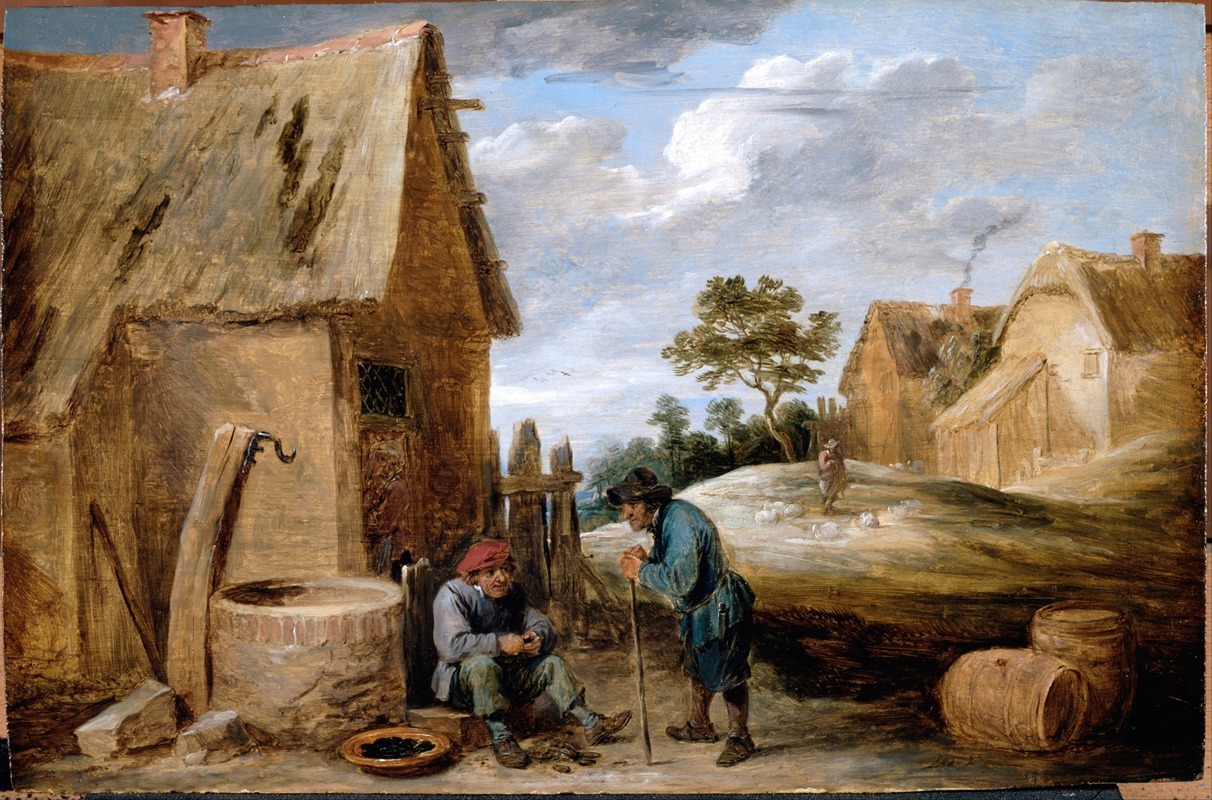
A Peasant eating Mussels
A hand-painted replica of David Teniers The Younger’s masterpiece A Peasant eating Mussels, meticulously crafted by professional artists to capture the true essence of the original. Each piece is created with museum-quality canvas and rare mineral pigments, carefully painted by experienced artists with delicate brushstrokes and rich, layered colors to perfectly recreate the texture of the original artwork. Unlike machine-printed reproductions, this hand-painted version brings the painting to life, infused with the artist’s emotions and skill in every stroke. Whether for personal collection or home decoration, it instantly elevates the artistic atmosphere of any space.
David Teniers the Younger was a prominent Flemish painter in the 17th century, known for his detailed genre scenes and landscapes. One of his notable works is "A Peasant Eating Mussels," which exemplifies his skill in capturing everyday life with a sense of realism and attention to detail.
"A Peasant Eating Mussels" is a genre painting, a category that Teniers excelled in, depicting scenes from daily life, often with a focus on the lower classes. This painting portrays a peasant, a common subject in Teniers' work, engaged in the simple act of eating mussels. The choice of subject matter reflects the artist's interest in the mundane and the ordinary, offering a glimpse into the life of common people during the 17th century.
The composition of the painting is typical of Teniers' style, characterized by a careful arrangement of elements that guide the viewer's eye through the scene. The peasant is depicted with a naturalistic approach, showcasing Teniers' ability to render human figures with lifelike accuracy. The textures of the clothing, the mussels, and the surrounding environment are meticulously detailed, demonstrating the artist's keen observation skills and technical prowess.
Teniers often infused his paintings with a sense of warmth and humor, and "A Peasant Eating Mussels" is no exception. The expression on the peasant's face, the casual posture, and the informal setting all contribute to a sense of intimacy and relatability. This approach was part of a broader trend in Flemish painting during this period, where artists sought to depict the world around them with authenticity and empathy.
The use of light and color in the painting is also noteworthy. Teniers employed a balanced palette, using earthy tones to convey the rustic setting and the simplicity of the peasant's life. The play of light and shadow adds depth to the scene, enhancing the three-dimensionality of the figures and objects. This technique was influenced by the works of earlier Flemish masters and the broader Baroque movement, which emphasized dramatic contrasts and dynamic compositions.
David Teniers the Younger was part of a family of artists, and his work was highly regarded during his lifetime. He served as the court painter for Archduke Leopold Wilhelm of Austria and was instrumental in organizing the archduke's art collection. Teniers' influence extended beyond his paintings; he played a significant role in the development of the Antwerp Academy, contributing to the education and promotion of future generations of artists.
"A Peasant Eating Mussels" is a testament to Teniers' ability to capture the essence of everyday life with charm and precision. While the painting may not be as widely recognized as some of his other works, it remains an important example of his contribution to the genre painting tradition. Through his art, Teniers provided a window into the world of 17th-century Flanders, celebrating the simplicity and humanity of its people.





